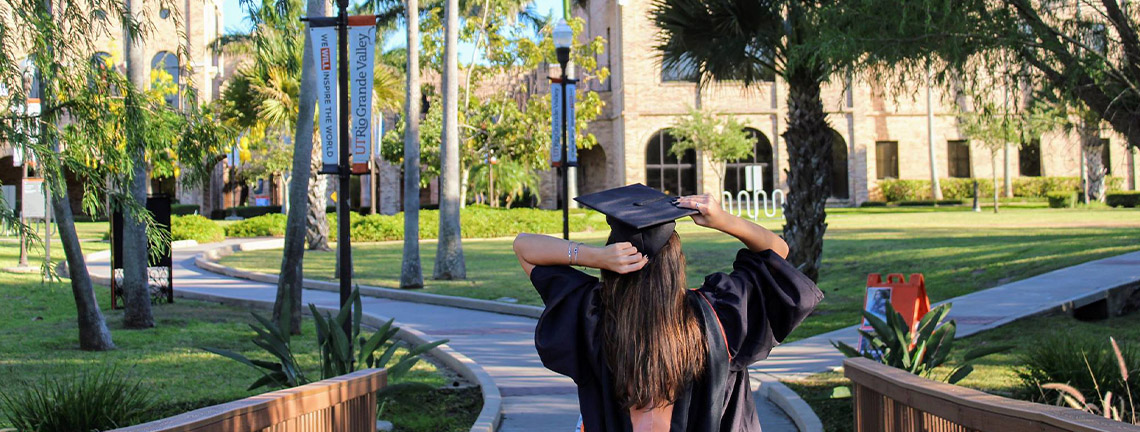
Theses and Dissertations
Date of Award
7-2023
Document Type
Thesis
Degree Name
Master of Science (MS)
Department
Biology
First Advisor
Bradley Christoffersen
Second Advisor
Rupesh Kariyat
Third Advisor
Alexis Racelis
Abstract
Cover cropping systems, which have gained recognition for their ability to enhance soil health and promote sustainability are also associated with potential risks related with declining soil moisture and pose a dilemma for farmers considering the adoption of cover crops in water deficit semi-arid settings worldwide. To address this pressing issue, we conducted a participatory cover cropping trial in the Lower Rio Grande Valley (LRGV) region, encompassing four different farms and supplemented this experiment with a meta-analysis to answer our soil moisture and climate parameters and quantify the impact of cover crops on soil moisture levels. The findings revealed that cover crops absorb soil moisture during the cover cropping season, particularly in farms with clay soil. However, no significant impact on soil moisture was observed during cash cropping seasons in all the farms under study. The negative effect of cover crops on soil moisture was counterbalanced by precipitation events across all farms. Additionally, we observed that the root biomass and root distribution of cover crops play a significant role in governing soil moisture dynamics along the vertical soil moisture profile. However, further extensive examination is required to fully understand these dynamics. Our meta-analysis indicated that the impact of cover crops on soil moisture varies depending on the soil depth and the aridity of the region. In humid and sub-humid regions, cover crop-induced soil moisture losses were most pronounced in the uppermost soil layer, up to ~35 cm. In contrast, in arid and semi-arid climatic regions, the losses extended to depths of ~ 60 to 75 cm. These findings suggest that cover crop-induced soil moisture losses may be confined to specific depths, creating an opportunity for cash crops to access moisture at greater depths. Future research should focus on exploring climate-specific cover crop species suitable for different soil types and cultivation practices, particularly concerning the vertical soil moisture profile. Considering the significant influence of rainfall, it is essential for future studies to quantify the amount of rainfall required to offset the negative impact of cover crops. Additionally, the study of other physiological parameters such as evapotranspiration, ground cover, and shading effects can provide a comprehensive understanding of soil moisture dynamics under the cover cropping system at local and global scales.
Recommended Citation
Gautam, M. (2023). Soil Moisture Dynamics in Cover Cropping Systems: From Local to Global Scales [Master's thesis, The University of Texas Rio Grande Valley]. ScholarWorks @ UTRGV. https://scholarworks.utrgv.edu/etd/1342
Included in
Agriculture Commons, Biology Commons, Plant Sciences Commons


Comments
Copyright 2023 Manish Gautam. All Rights Reserved.
https://go.openathens.net/redirector/utrgv.edu?url=https://www.proquest.com/dissertations-theses/soil-moisture-dynamics-cover-cropping-systems/docview/2861991754/se-2?accountid=7119